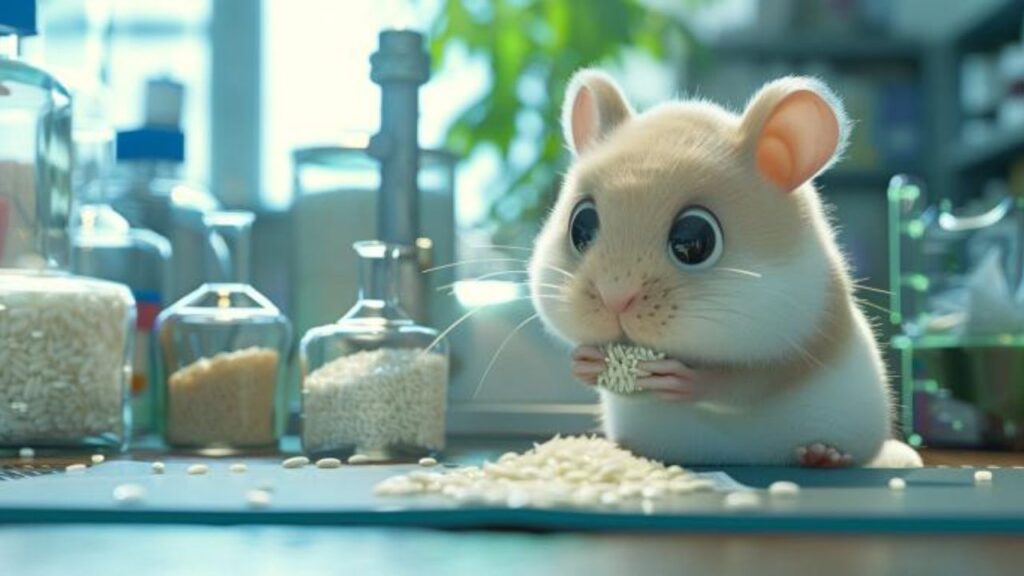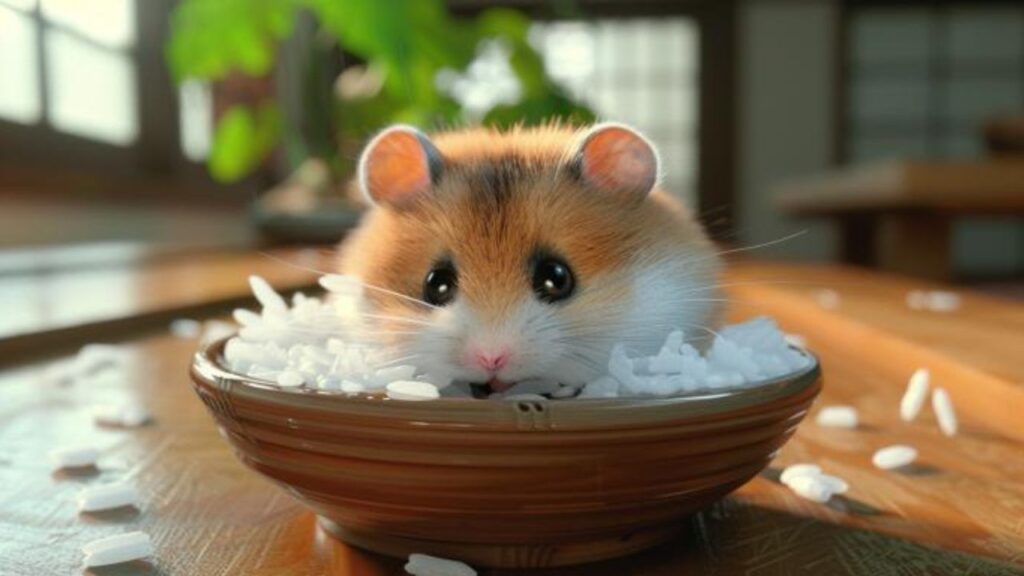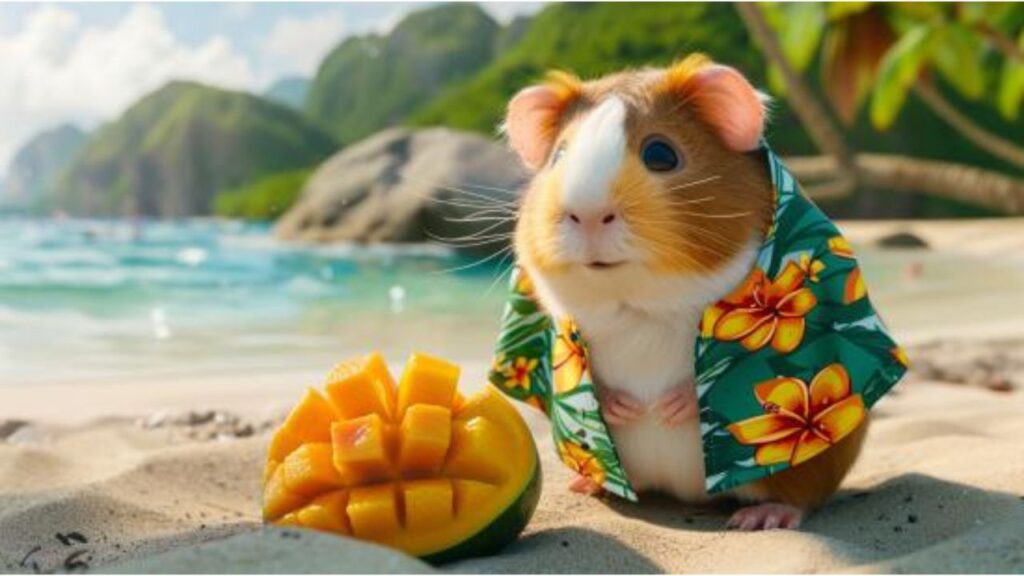
Rice is a fundamental food staple for more than half of the world’s population, particularly in Asia, Latin America, and parts of Africa. It is the seed of the grass species Oryza sativa (Asian rice) or Oryza glaberrima (African rice). As a cereal grain, it is the most widely consumed staple food for a large part of the world’s human population, especially in Asia. Rice is versatile, used in various culinary traditions, and serves as a basic dietary ingredient for millions of people.
Description of Rice as a Staple Food for Humans
Rice is primarily composed of carbohydrate, which acts as a major source of energy for those who consume it. There are different varieties of rice including white rice, which is the most processed form, brown rice which retains more nutritional value due to its husk, and wild rice which is actually not rice but the seed of an aquatic grass. White rice is the most commonly consumed type but is often enriched in places like the United States to replace some of the nutrients lost during processing.
General Nutritional Content of Rice
Macronutrients:
- Carbohydrates: Rice is primarily known for its high carbohydrate content, with a small amount of fiber, mostly found in the bran layer which is removed in white rice.
- Protein: Rice does contain a small amount of protein, though it is not a complete protein as it lacks some essential amino acids.
- Fats: Rice is very low in fat, making it a low-fat source of energy.
Vitamins and Minerals:
- B Vitamins: Enriched white rice is fortified with B vitamins like folic acid, thiamine, and niacin, which help the body convert food into energy.
- Iron: Enriched rice is also fortified with iron, which is crucial for blood health and energy.
- Manganese and Selenium: Brown rice is a good source of manganese and selenium, which are important antioxidants that help with a variety of bodily processes.
Caloric Content:
- A cup of cooked white rice contains about 200 calories, primarily from starches, which is the simplest form of carbohydrate.
Rice, particularly in its whole grain form, can be a nutritious part of a diet, offering essential energy and some micronutrients. However, its nutritional profile as a high-carbohydrate, low-fiber food means that its suitability for hamsters must be considered carefully, especially in the context of their small size and nutritional needs. The following sections will explore how rice can fit into a hamster’s diet, the potential benefits, and the risks involved.
Rice and Hamsters: A Good Match?

Rice is a staple in human diets worldwide, but its appropriateness for hamsters requires a detailed examination. Understanding whether this common grain can be a safe and nutritious addition to a hamster’s diet involves considering both its potential health benefits and its nutritional limitations.
Is Rice Safe for Hamsters?
Hamsters can safely consume rice in moderation. Both cooked and uncooked rice can be offered to hamsters, but cooked rice is softer and easier for them to eat. It is crucial, however, to ensure that the rice is plain and free from any salt, spices, or additives that are commonly present in human-prepared rice dishes. These additives can be harmful to hamsters, potentially leading to digestive issues or worse.
Potential Health Benefits of Feeding Rice to Hamsters
- Digestible Carbohydrates: Rice is primarily composed of simple carbohydrates that are easy for hamsters to digest. This makes it a good source of quick energy, particularly beneficial for active hamsters.
- Low Fat: Rice is very low in fats, which helps prevent obesity—a common health issue in captive hamsters when fed high-fat diets.
- Gluten-Free: For hamsters sensitive to gluten, rice provides a safe grain option as it is naturally gluten-free.
Nutritional Concerns Associated with Feeding Rice to Hamsters
Despite its safety, there are several nutritional concerns associated with feeding rice to hamsters:
- Low Nutritional Density: Rice, especially white rice, is relatively low in essential nutrients compared to other potential foods. It lacks the vitamins, minerals, and proteins hamsters need to thrive.
- Lack of Fiber: Rice is low in dietary fiber, particularly the more processed white rice. Fiber is crucial for digestive health in hamsters, helping to prevent issues like diarrhea or constipation.
- High Glycemic Index: Particularly for white rice, its high glycemic index means it can rapidly increase blood sugar levels. This could potentially lead to diabetes in hamsters if fed in large amounts or too frequently.
- Potential for Choking: Dry, uncooked rice can be a choking hazard, especially for smaller hamsters or those that tend to eat quickly.
Recommendations for Feeding Rice to Hamsters
Given these considerations, rice should be fed to hamsters only occasionally and in small amounts as part of a more balanced diet that includes a variety of seeds, vegetables, fruits, and fortified hamster pellets. When feeding rice:
- Cooked is Best: Always opt for cooked rice, as it’s easier for hamsters to eat and digest.
- Plain and Simple: Ensure any rice given to your hamster is plain and has not been cooked with oils, spices, or salt.
- Moderation is Key: Due to its low nutritional density and high glycemic index, rice should only be a small part of a hamster’s diet, not a staple.
In summary, while rice can be a safe treat for hamsters when prepared correctly and served in moderation, it does not provide sufficient nutritional value to justify a regular place in their diet. Careful consideration of the quantity and frequency of rice fed to hamsters is essential to maintain their overall health and well-being.
Whisker Tips: Best Practices for Feeding Rice to Hamsters

Including rice in your hamster’s diet can provide a pleasant change of pace in their routine. However, it’s crucial to follow best practices to ensure this addition is both safe and beneficial. Here are some practical tips for offering rice to hamsters, along with guidance on maintaining a balanced diet.
Practical Advice on Offering Rice to Hamsters
Preparation Tips
- Always Cook Rice Thoroughly: Uncooked rice can be hard and difficult for hamsters to digest. Always serve rice cooked and ensure it is soft and easy to chew.
- Keep It Plain: When cooking rice for your hamster, avoid adding any salt, oil, spices, or flavorings. These additives can be harmful to your hamster’s health.
- Cool Before Serving: Make sure the rice has cooled completely before offering it to your hamster. Hot foods can burn their sensitive mouths.
- Moderate the Portion: Serve rice in small quantities. A good guideline is a small pinch or a teaspoon-sized amount per serving, ensuring it’s not a large part of their daily intake.
Additional Guidance on Maintaining a Balanced Diet for Hamsters
Diet Diversity
- Incorporate a Variety of Foods: A healthy hamster diet includes a mix of pellets, fresh fruits, vegetables, and occasional grains like rice. Ensure that fresh foods and grains do not comprise more than 10% of your hamster’s total diet to avoid nutritional imbalances.
- Monitor Fresh Food Intake: While fresh fruits and vegetables are great for your hamster, too much can cause diarrhea. Monitor how your hamster reacts to different types of foods and adjust their diet accordingly.
Nutritional Balance
- Focus on High-Quality Pellets: High-quality hamster pellets should be the foundation of your pet’s diet as they are formulated to meet all the nutritional needs of hamsters.
- Limit Treats: Treats like rice, fruits, and other goodies should be given sparingly. This prevents obesity and ensures that your hamster is not filling up on foods that lack comprehensive nutritional content.
- Observe and Adjust: Keep an eye on your hamster’s health and weight. If you notice any signs of weight gain or if they appear less active, adjust their diet. Consult with a vet if you have concerns about their health or dietary needs.
By following these “Whisker Tips,” you can safely introduce and continue to offer rice to your hamster without compromising their overall health and dietary balance. Remember, the key to a healthy hamster is not just variety, but ensuring that each part of their diet serves their nutritional needs effectively.
Conclusion

Throughout this article, we’ve explored the common question among hamster owners: Can hamsters have rice? We’ve examined rice’s basic properties, its nutritional value, and how it fits into a hamster’s diet, considering both the potential benefits and risks.
Recap of the Key Points Discussed
- Safety and Suitability: Rice is safe for hamsters when prepared correctly—cooked, plain, and served in moderation. It offers a source of carbohydrates which can provide quick energy but lacks essential nutrients.
- Nutritional Concerns: Rice has a low nutritional density compared to other foods that could be included in a hamster’s diet. It is low in fiber and protein and does not provide a balanced nutritional profile on its own.
- Feeding Recommendations: If choosing to feed rice to your hamster, it should only be given occasionally as a treat, not as a staple of their diet. Proper preparation and portion control are key to safely incorporating rice into your hamster’s eating plan without causing health issues.
Final Thoughts on the Suitability of Rice in a Hamster’s Diet
While rice can be included in small amounts as part of a varied diet, it should never replace more nutritionally complete foods that hamsters require. The primary diet should consist of high-quality hamster pellets, supplemented with a variety of fresh fruits and vegetables to ensure a balanced intake of nutrients.
Signature Closing
As with any aspect of pet care, understanding and attention to detail are paramount in ensuring your hamster’s health and happiness. A well-balanced diet enriched with appropriate, safely prepared treats like rice can help maintain your furry friend’s zest for life. Always remember, the cornerstone of good health for your hamster lies in the balance and variety of their diet. Remember, a happy hamster is a wheel-y happy you!




